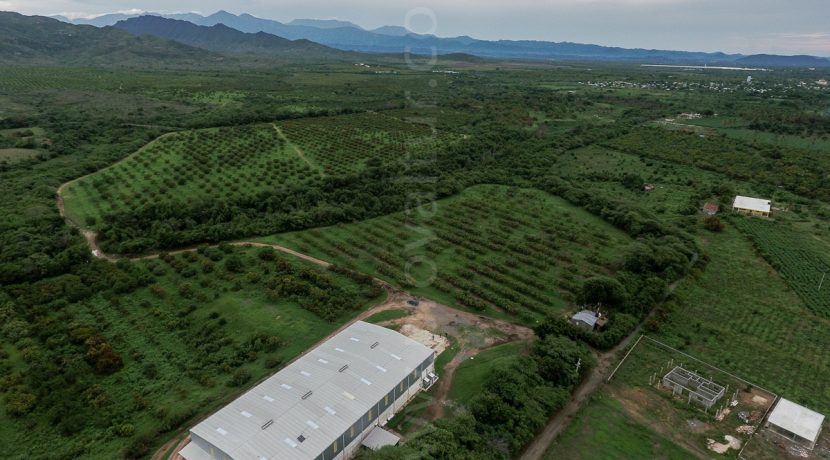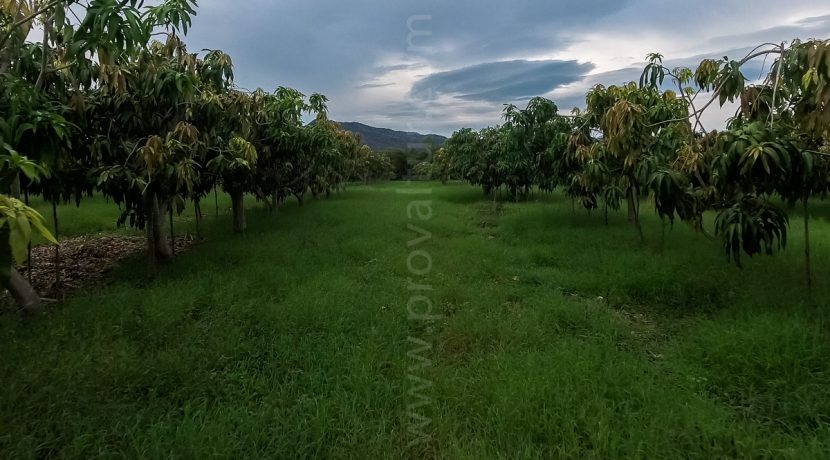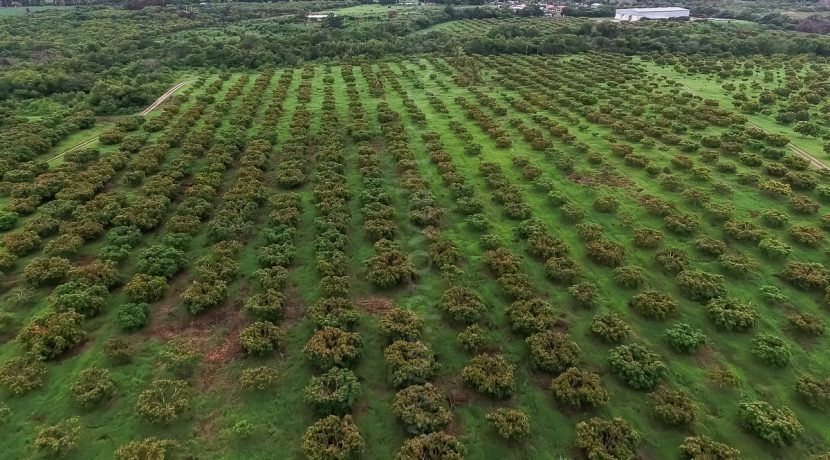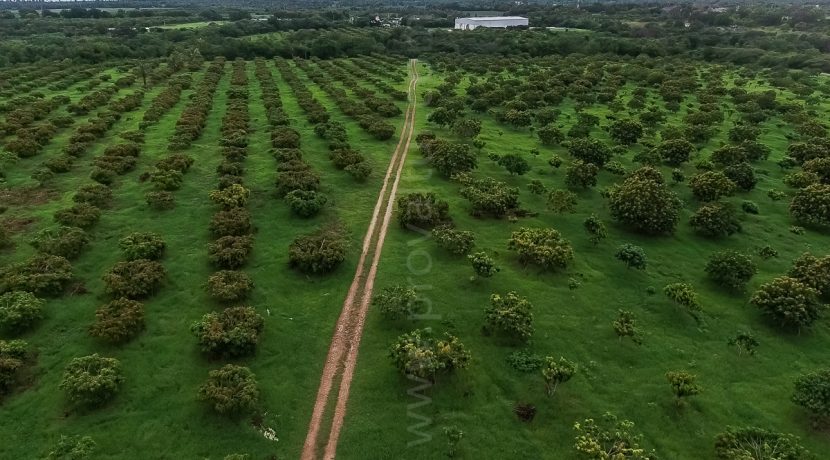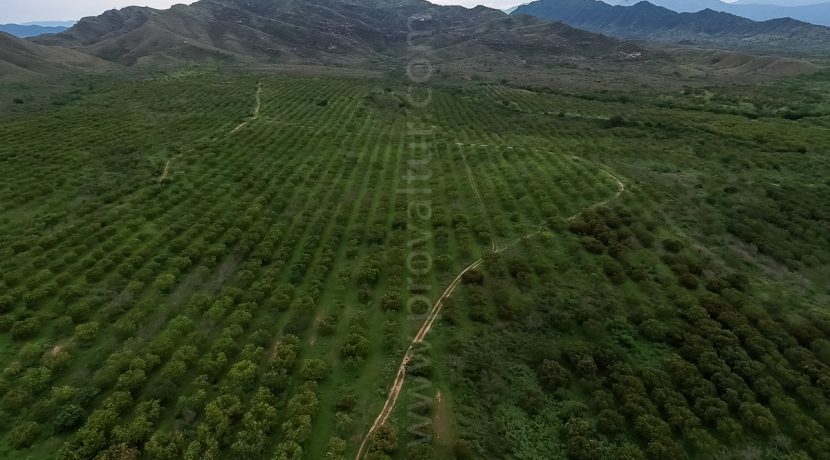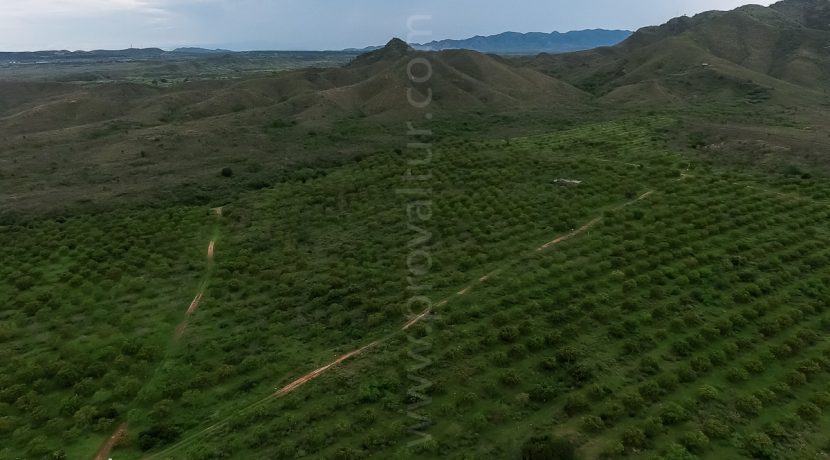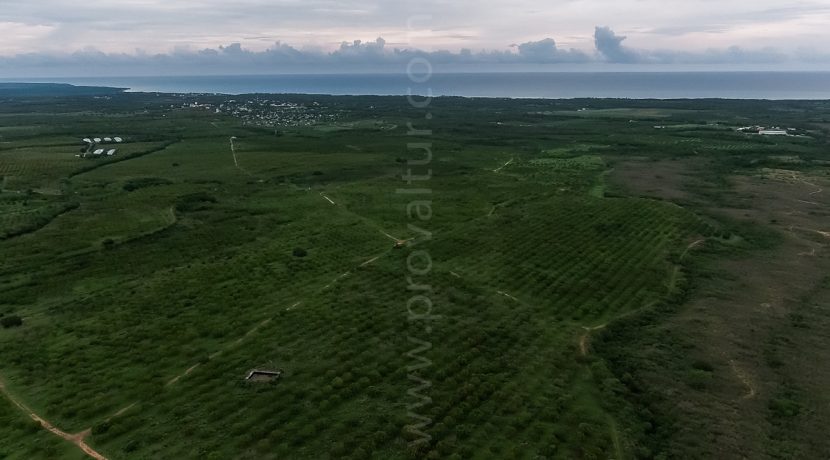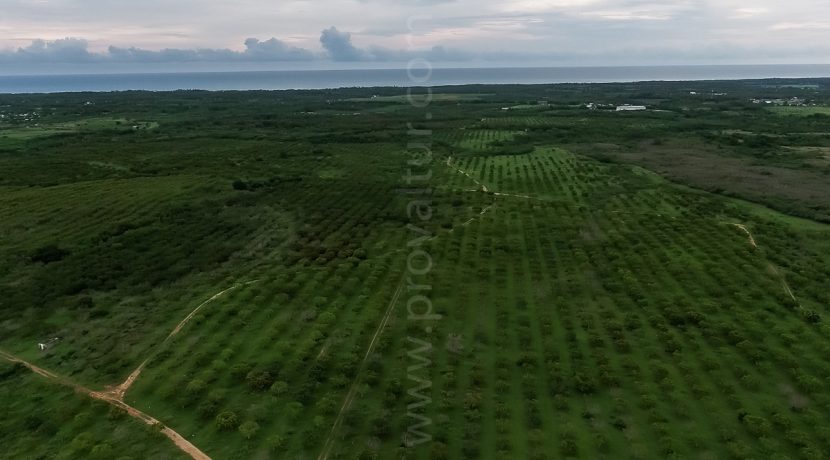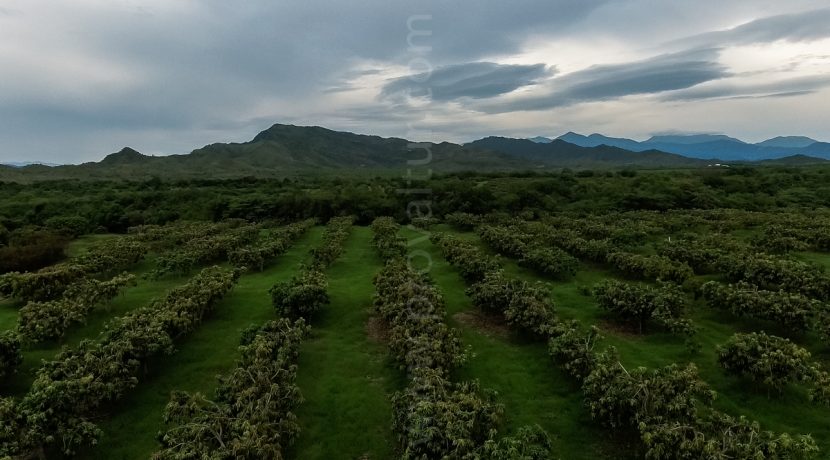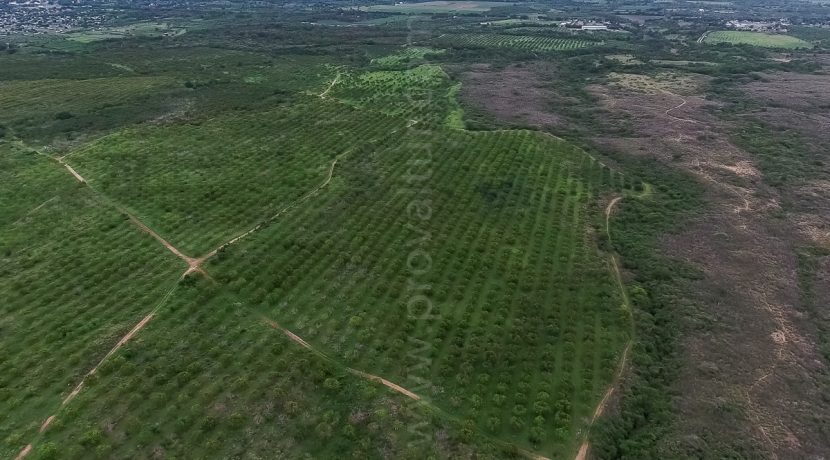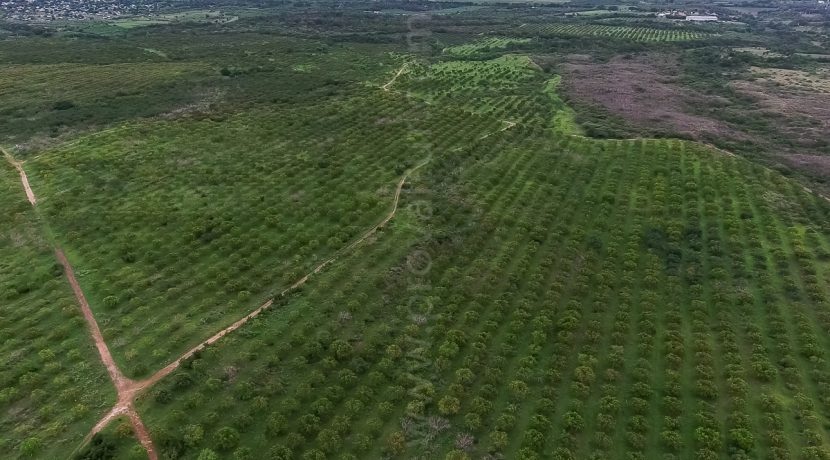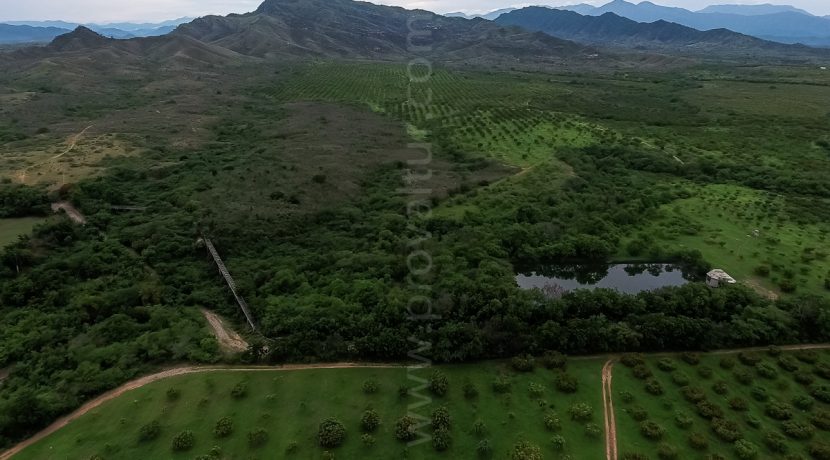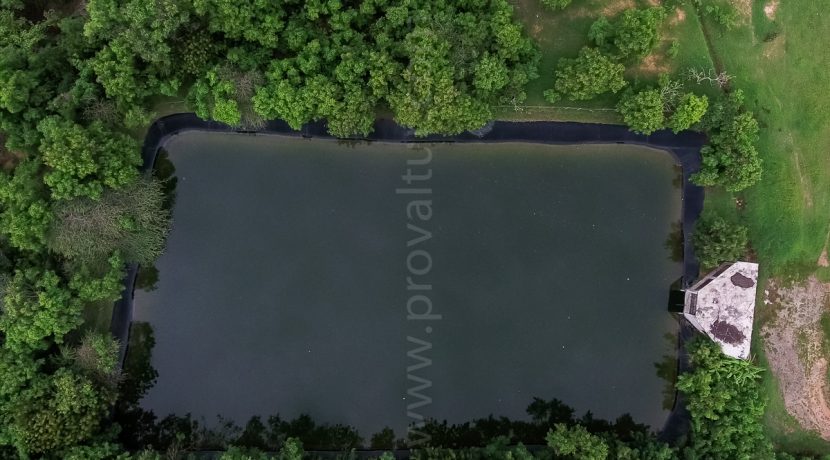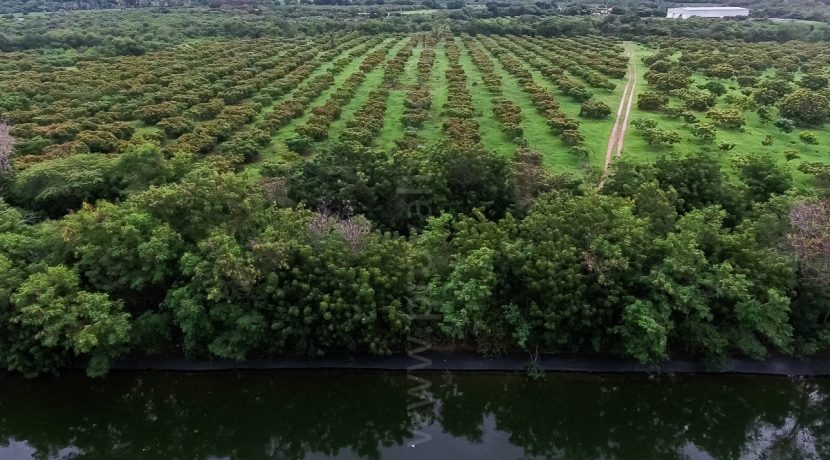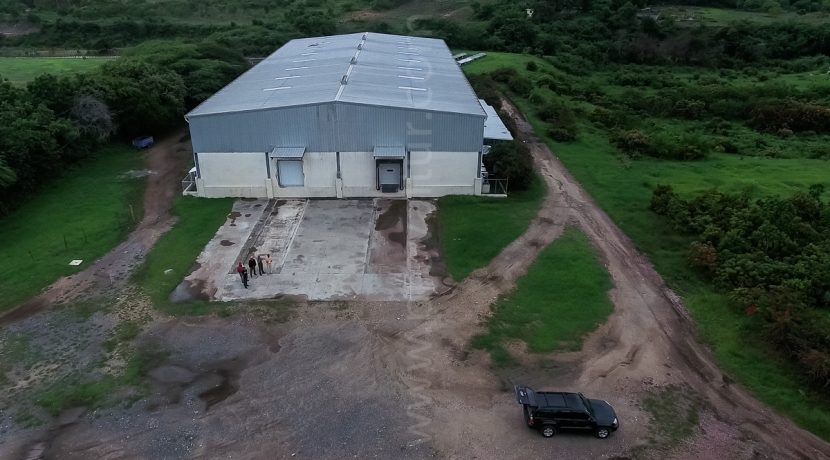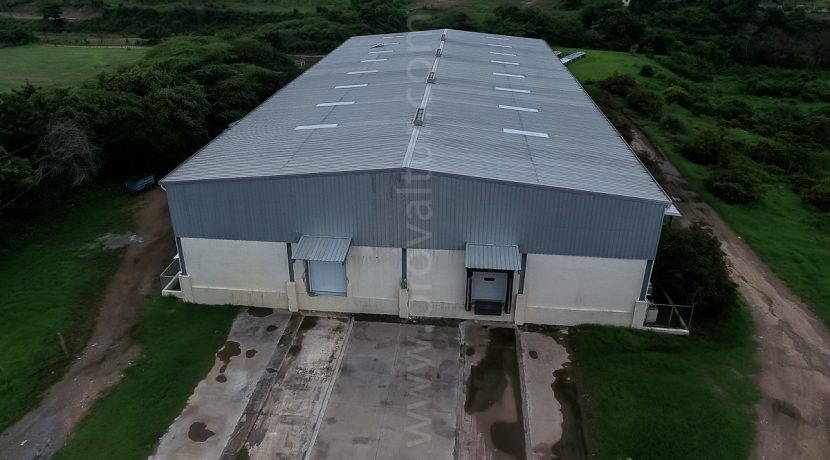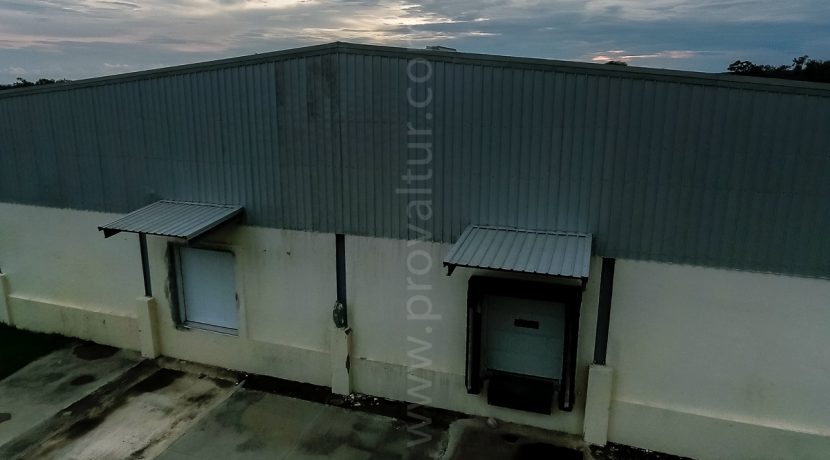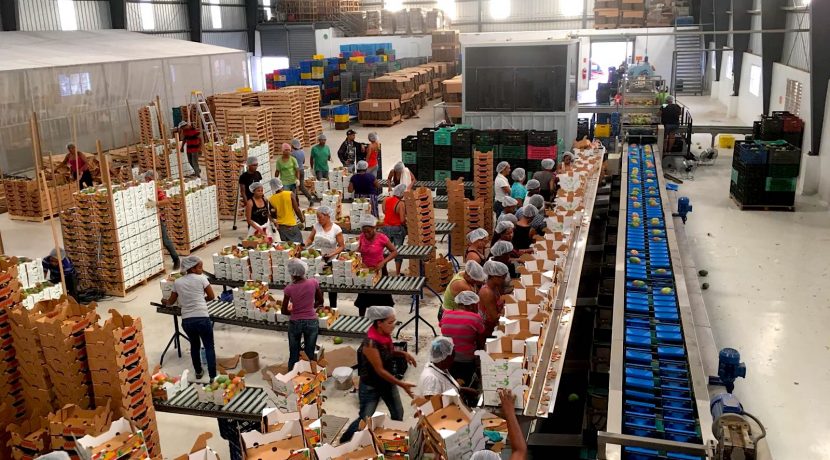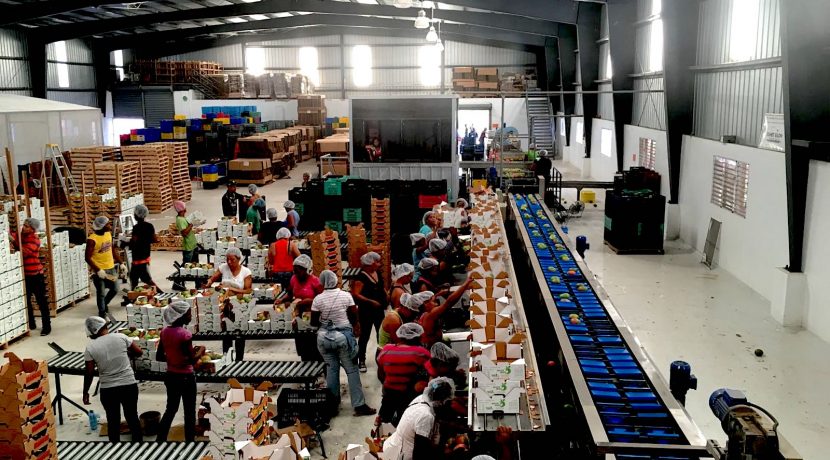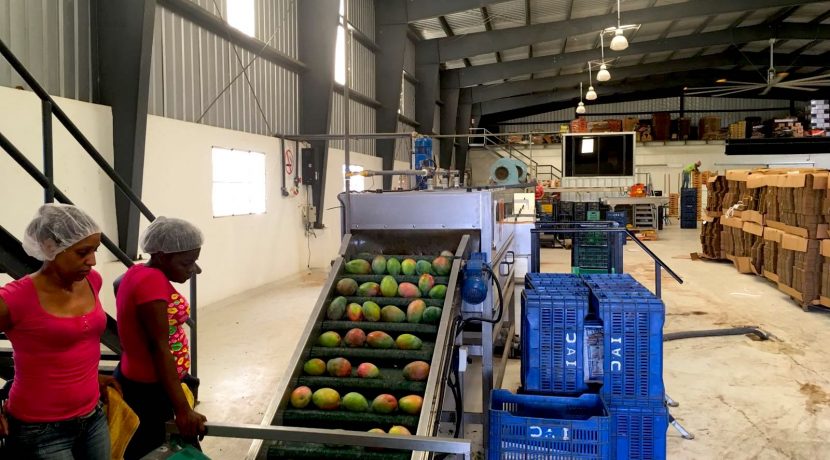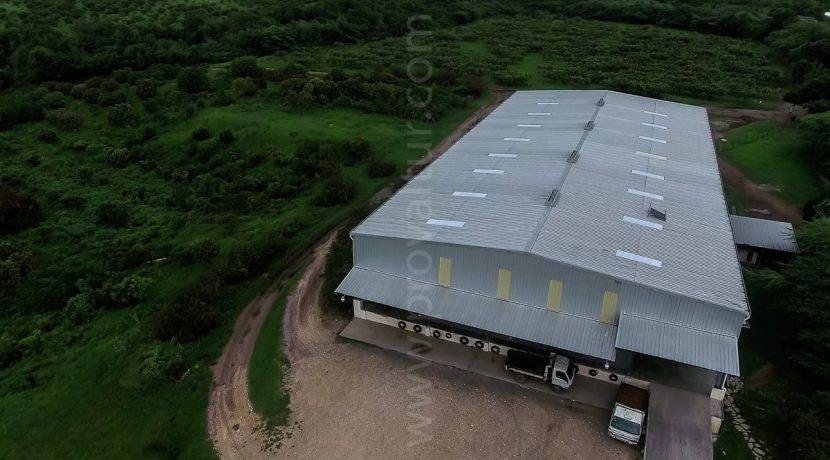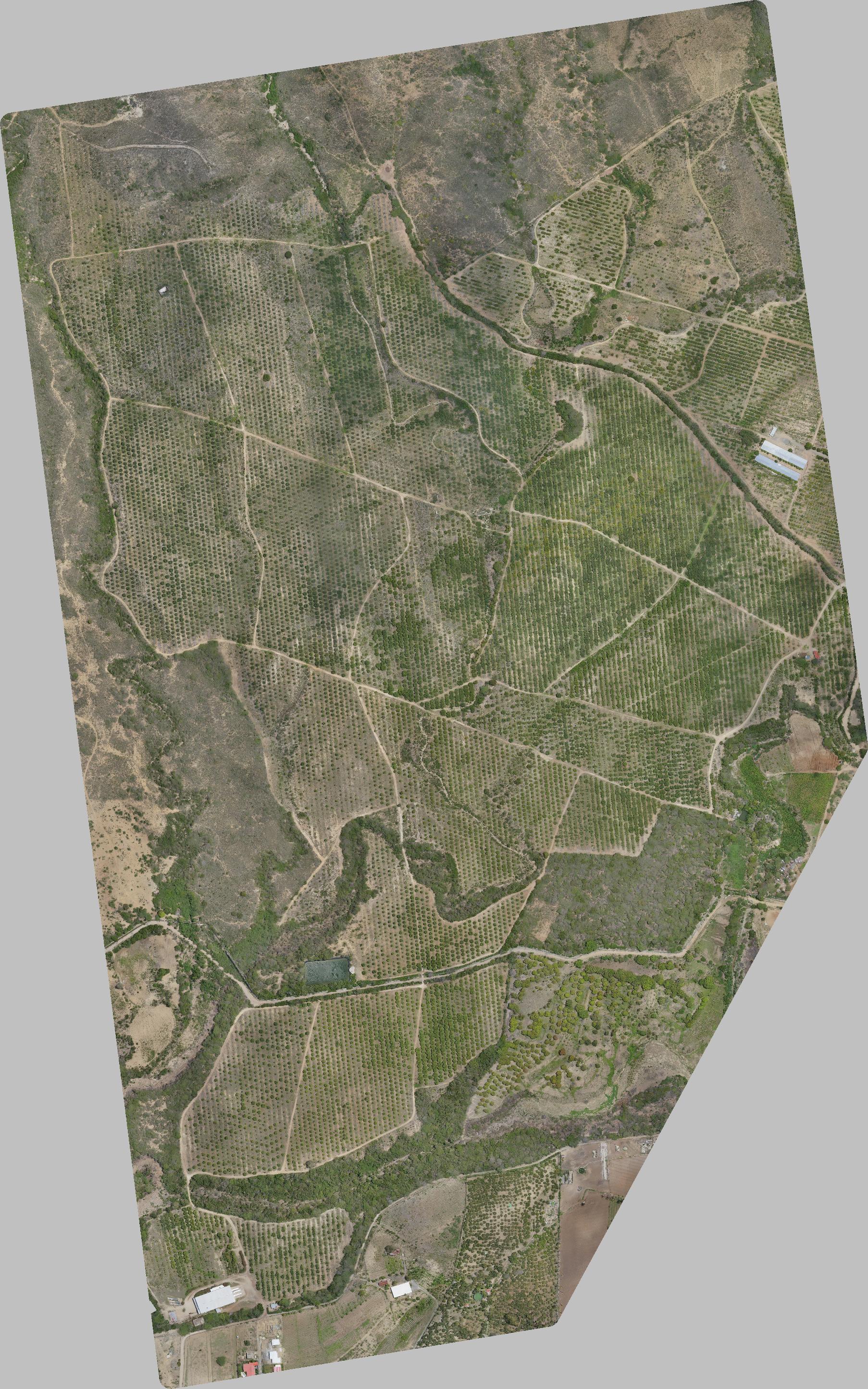For Sale, Sold $8,000,000.00 - Farm/Ranch/Plantation
This Organic Mangoes Plantation began operations in 1999 with the purchase of 180 hectares of fallow land in Bani, 50 miles southwest of Santo Domingo, Dominican Republic. The Peravia Province is famous for the quality of its mangoes, introduced to the country in the late nineteenth century.
This farm is located in a semiarid region which combines fertile and well-drained soils in a dry and warm climate (less than 500 millimeters of rain per year), making it ideal for the cultivation of mangoes. A nearby irrigation canal ensures year-round water supply, and a state-of-the-art irrigation system is supported at the tree level by micro jets. The close proximity to the sea often generates coastal winds that can be a challenge to the trees. The wind can also bring benefits, however; electricity is scarce and expensive, so a study to assess the feasibility of installing windmills is underway.
More than 20 hectares of the farm have been kept in their original condition, and some areas are roamed by wild horses, sheep and other species. Other areas are maintained as woodland to preserve the biodiversity of the region and protect the indigenous fauna (iguanas, gulls, wild ducks and others) and flora (acacias, cactus, and other native trees) which are essential to maintain the ecological balance of this dry, thorny bush land.
The entire farm has been certified as organic by ECOCERT International (reference of the project is 1063 DO).
Approximately 35,000 trees have been planted to date, with a target of 40-45,000 by 2017, thousand and average yield of 300 mangoes per tree a year. At peak level, the farm is expected to generate 9,000,000 units yielding 4 to 5,000 tons of fruit.
The plantation is managed in accordance with the standard protocols for organic farming, in which for example, organic composting is used instead of synthetic farm chemicals. The mango trees are well suited for organic farming since they are perennials and develop a significant mass over the years; they are therefore able to extract the nutrients they need for growth from their natural environment.

